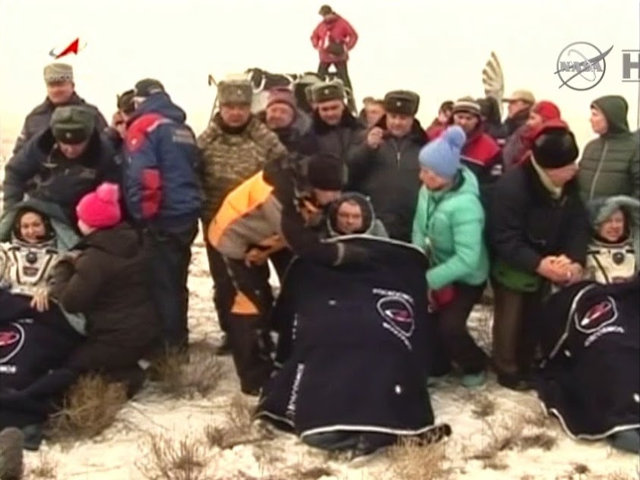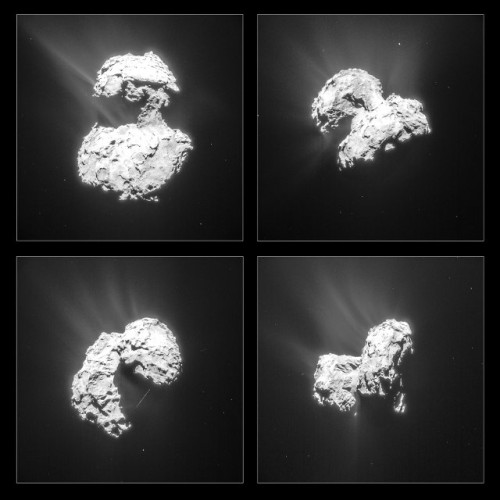
The return of three astronauts from the International Space Station marks the end of Expedition 42
A few hours ago, NASA astronaut Barry Wilmore and Russian cosmonauts Alexander Samokutyaev and Elena Serova returned to Earth on the Soyuz TMA-14M spacecraft, which landed without problems in Kazakhstan. The three of them spent almost six months on the International Space Station, where they arrived on September 25, 2014. Initially, they were part of Expedition 41, in the second half of their stay they were part of Expedition 42 with Barry Wilmore as Station commander.




